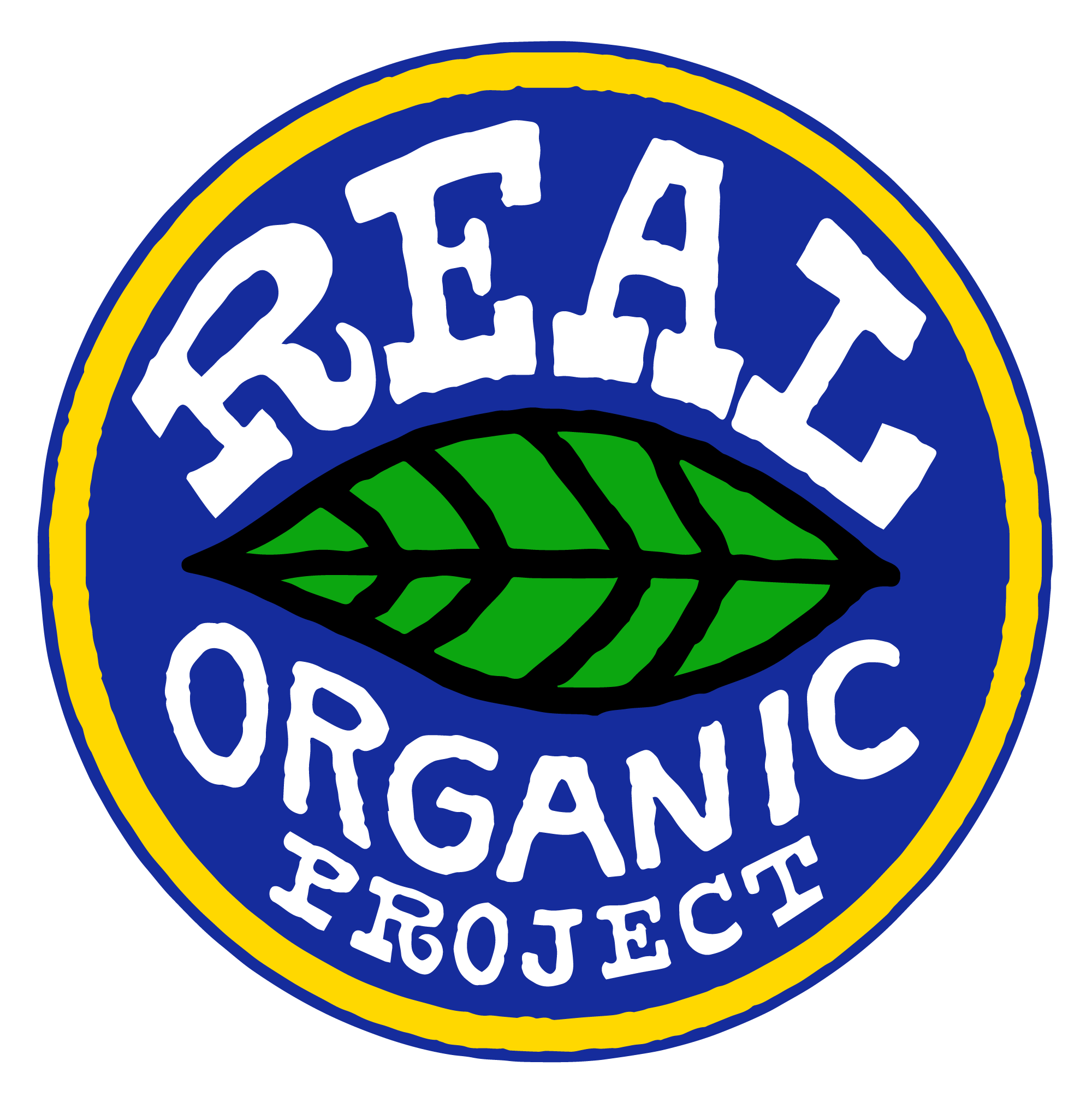“The farmers of the West are repeating the mistakes made by Imperial Rome. Money, profit, the accumulation of capital and luxury, became the objects of landowning and not the great virtues of the soil and the farmers of few acres.”
-Albert Howard
Dear Real Organic friends,
Flying home from visiting farms in California last week, I looked out over an arid West blanketed in smoke from the Dixie wildfire. Just shy of burning 1 million acres, Dixie is on its way to becoming the largest fire in CA history. (The August Complex fire currently holds the record for CA at 1,032,648 acres in 2020).
Water, or the lack of it, seemed to overtake even COVID as the topic of the day.
Some farmers I visited have completely lost their irrigation water, and thus the second half of their season. Rows of beautiful crops sat in their fields unharvested. Another farmer had her well run dry for the first time since she began feeding her community from two acres of organic veggies over 50 years ago. A neighboring “investment farm” had just put in a well 1,000 feet deep for thousands of acres of almond trees. Her well was at 300 ft.
I had to look it up. Google…
what is an investment farm?
“An investment farm is an agricultural business operation that is purchased and operated with the intention of making a profit, or with the goal of creating a tax deduction for the owner. Investment farms are owned by investors who typically do not live on the farm or take part in any day-to-day operations. The investor will generally hire farmhands and other employees to do the actual farming.”
Photo Credit: Smithsonian Magazine
Center pivot irrigation in the desert supplies hay and grains for CAFO agriculture. In many places, groundwater is mined twenty times faster than it is replenished and aquifers will run dry within a generation.
In a drought of historic proportions, perhaps it is long past time to be thinking more holistically about the food system.
For example, why is it that we use tax dollars to pay farmers not to grow grains where it rains, while simultaneously allowing those same crops to be grown in the desert (using water from multi-billion dollar tax-funded irrigation projects)?
Does it make sense to contribute to the draining of our aquifers for crops that we export to other countries?
What about our own country? Should we allow Horizon to stop sourcing milk from small dairy farms in New England (where grass grows naturally) simply because it is more profitable to source from mega-dairies out West? Do we care that these organic mega-dairies are draining the Ogallala aquifer, the largest aquifer in the world? (Irrigation accounts for over 90% of Ogallala groundwater withdrawals and it is expected to run dry within 50 years.)

Irrigation with out attention to soil health can lead to salt levels in the soil that become too high to support crop plants.
Perhaps you’re thinking, can’t we use surface water instead? Except our surface water is limited too, and when irrigation water percolates through the soil and returns to rivers it passes through thick deposits of mineral salts, ultimately leaving the water unusable for irrigation downstream.
Is this the land that should be feeding the world?
Shouldn’t we limit production everywhere to a scale appropriate to the carrying capacity of the location?
The second half of my conversation with John Ikerd was released this week. It provides a vision of a more regional agricultural system at a scale that is appropriate to place. It was Ikerd who taught me that farming organically isn’t enough. Farms must also be capable of permanence.
Dave & Linley
“I don’t know why economists aren’t leveling with people. This isn’t the working of a free market. This is the working of some sort of monopoly form or oligopoly form. I’m not even sure that there’s any definition for it in economics; it’s basically central planning by corporations.”
-John Ikerd
The Real Organic community in California is building. We had dinner with 32 organic farmers at Full Belly for a question and answer session about Real Organic certification. We also had a delicious meal at Oliveto in Oakland. Owners Bob and Maggie Klein featured products from Real Organic farms and educated diners about the farmer-led Real Organic certification and movement. We visited Real Organic farms with carbon rich soils that can better withstand the dry summers. We witnessed practices that spoke of permanence on the Real Organic farms we visited.
There ARE great farms in California that stand out like oases. We must protect them and replicate them. But we must also protect and replicate smaller farms all over America. We must build local food systems that will be more resilient, even in droughts, floods, and pandemics. Once again we discover everything is connected.
- Linley
—–
The podcast we share this week is with John Ikerd. Dr. Ikerd retired as Professor Emeritus from the University of Missouri and has since written six books on sustainable agriculture. John grew up on a small dairy farm in Missouri and has witnessed the demise of rural communities throughout America due to our agricultural policies.
In this interview, he explains the monopolistic mentality of industrial agriculture and the intentional choice to overproduce to drive out the small farmer. We hope you’ll take the time to listen to his call for a more democratic path forward.
Visit our podcast series for the most interesting stories you can find. Together, these speakers dive deeply into the problems and solutions of our time, searching for the next steps.
Please join 1000 Real Fans to support our work.
Support Our 1,000 Farmers – JOIN 1000 Real Fans








